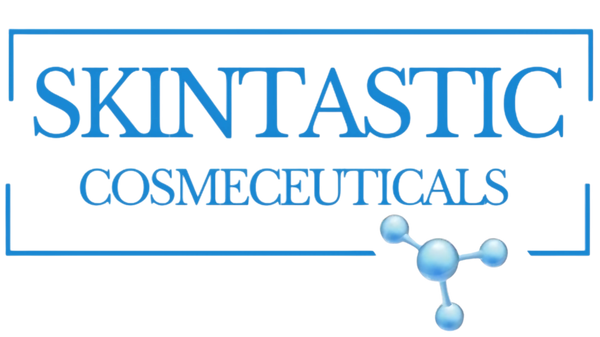Luxury Skincare Dupes: Medical‑Grade Alternatives in Australia
Luxury Skincare Dupes: Medical‑Grade Alternatives in Australia
Looking for luxury skincare results without luxury price tags? This expert guide shows you how to evaluate medical‑grade alternatives available in Australia using formulation craftsmanship, ingredient quality, and transparent percentages—so you can build a high‑performance routine that delivers. We’ll use SKINTASTIC’s ingredient‑forward content (including 20% Niacinamide, 20% Argireline, and 3% Retinol) as reference points, and link to in‑depth Australian resources to help you shop smarter. Throughout, you’ll find practical tips on tolerance, layering, and safety so you can turn “dupe” from a guess into a smart, evidence‑aligned decision.
Key Takeaways / Summary
- What to look for: clearly disclosed active percentages (e.g., SKINTASTIC references 20% Niacinamide, 20% Argireline, 3% Retinol in its educational content), ingredient lists that lead with actives over fillers, fragrance‑minimal formulas, and consistent batch quality.
- Clinical categories to prioritise: retinoids for wrinkle management, niacinamide for texture and tone, peptides (e.g., Argireline/Acetyl Hexapeptide‑8) for expression lines, and AHAs (e.g., glycolic acid) for resurfacing.
- Australian context: shop from brands that communicate percentages and usage guidance aligned with Australian consumer expectations; consult Australian resources for safe application and routine order.
- Value vs. luxury: luxury packaging and marketing do not guarantee better actives. Ingredient craft and concentration transparency are your best value indicators.
- Routine building: start with one strong active per concern, layer hydration, and introduce additional actives gradually for tolerance.
- Pricing note: specific AU price data is not included in this guide; check brand pages for current pricing.
- Who this is for: ingredient‑literate shoppers who prefer medical‑grade efficacy, research‑backed formulas, and straightforward routines over prestige markups.
- Safety basics: patch test new products, avoid layering multiple strong actives at once, and use daily broad‑spectrum sunscreen—especially with retinoids and AHAs.
How to Spot a True “Luxury Dupe” in Skincare (Without Guesswork)
In skincare, “dupe” should mean equivalent or better in formulation logic—not just similar packaging or texture. Use the criteria below to separate look‑alikes from genuinely comparable performers and to make sense of percentage claims you see in brand education (including the SKINTASTIC references cited here).
- Active transparency: look for content and labels that reference exact percentages for hero ingredients. SKINTASTIC’s content references high‑strength actives such as 20% Niacinamide, 20% Argireline, and 3% Retinol in its educational articles, which is the kind of clarity to prioritise as you compare options. Always confirm the final product label before purchasing.
- Ingredient order and simplicity: fewer, purposeful actives over bloated INCI lists can mean a more targeted effect and fewer potential irritants.
- Evidence‑aligned categories: retinoids (for collagen support), niacinamide (barrier, oil regulation, tone), peptides like Argireline (expression lines), AHAs like glycolic acid (cell turnover).
- Usage guidance: credible brands provide practical instructions and expectations on timelines and tolerability—not just marketing claims.
- Consistency: repeatable results come from consistent batches and stable formulas, communicated and supported through brand education.
Ingredient Craftsmanship: Where Value Really Comes From
Think of well‑built skincare like a beautifully tailored suit—the cut (formula architecture), fabric (ingredient grade), and stitching (compatibility and stability) all determine how it performs day after day. In ingredient‑led skincare, that means:
- Precisely dosed actives, clearly communicated
- Supporting humectants (e.g., hyaluronic acid) to buffer potent actives
- Texture designed for daily consistency—thin enough to layer, substantial enough to stay where it’s needed
- Minimal potential irritants around already‑strong actives
- Vehicle and stability: smart delivery (e.g., encapsulation), pH‑appropriate design, and packaging that protects sensitive actives
Skintastic Ingredient References Worth Knowing
Use the following SKINTASTIC educational articles as reference points when you compare medical‑grade alternatives to luxury names. They discuss ingredient strengths many shoppers look for in high‑performance routines. As you read, note how percentages are framed, how actives are paired (often with hyaluronic acid), and what tolerance tips are recommended.
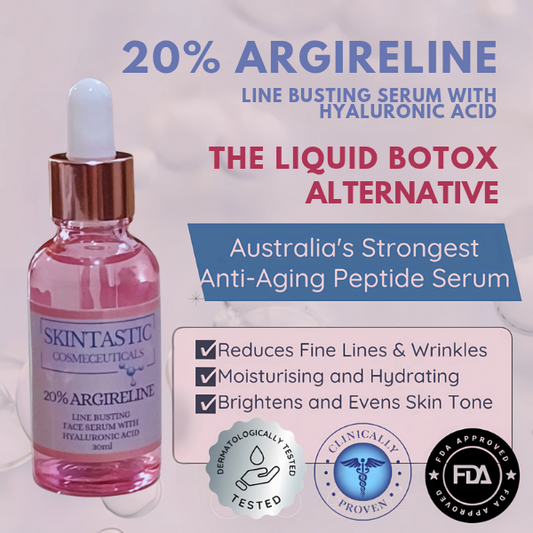
Argireline (Acetyl Hexapeptide‑8) discussion with 20% reference
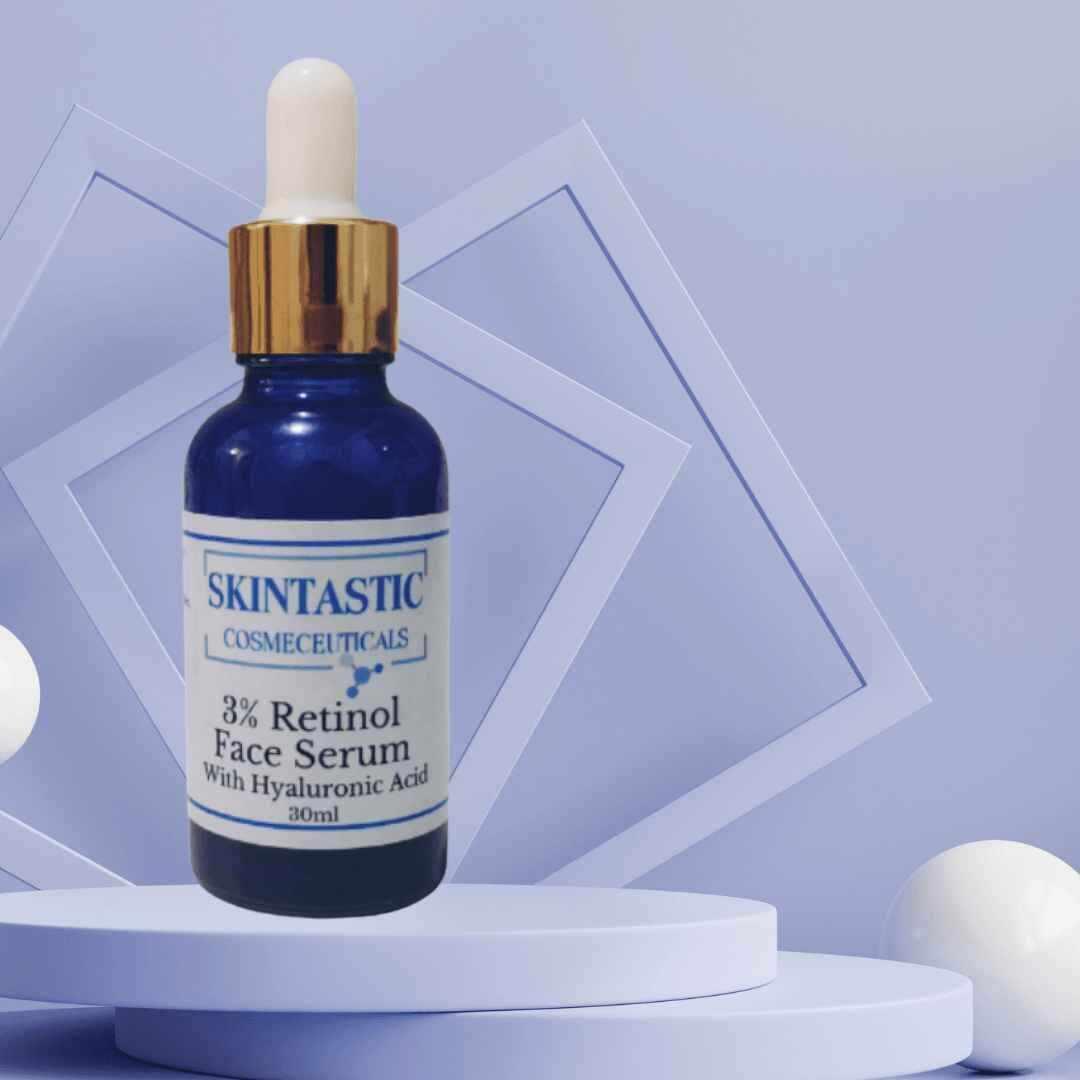
Retinol talk track including 3% reference
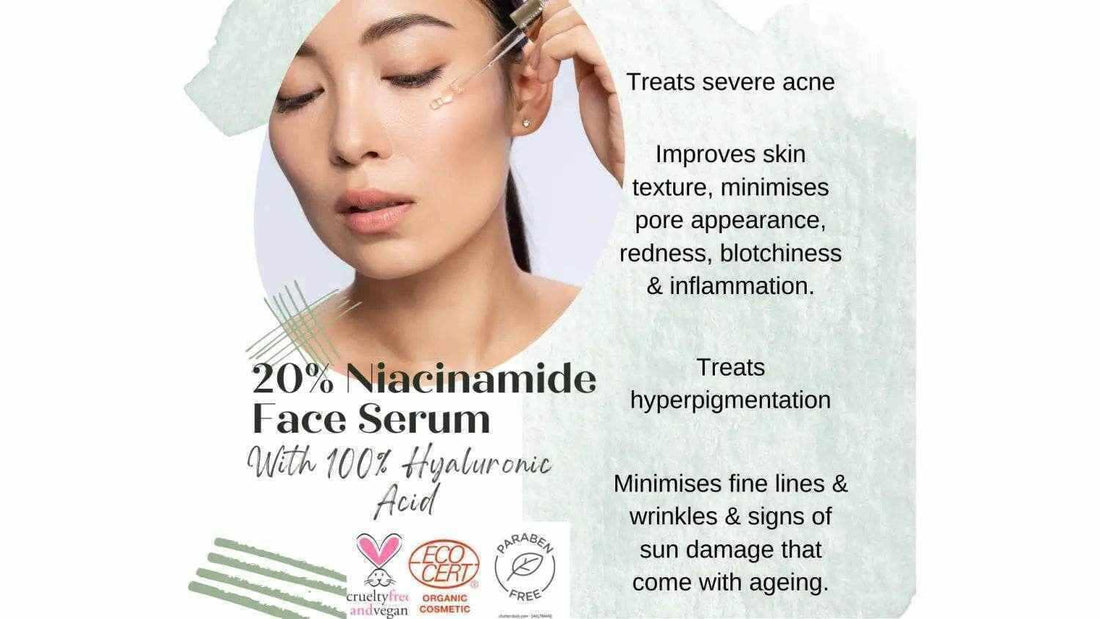
Niacinamide insights with 20% reference
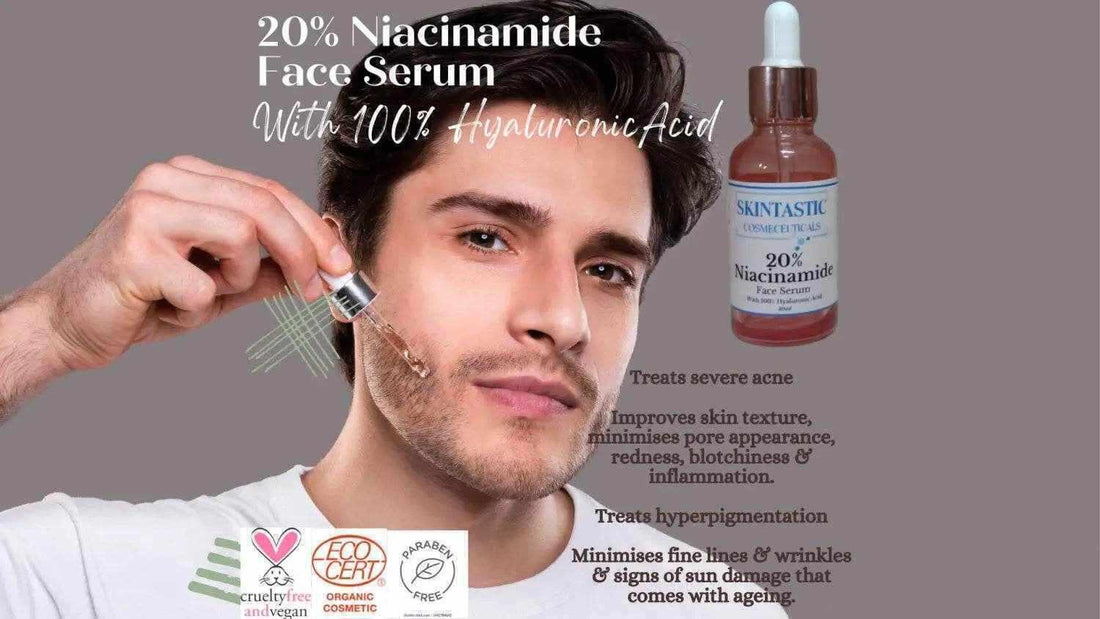
Niacinamide + hyaluronic acid pairing guidance
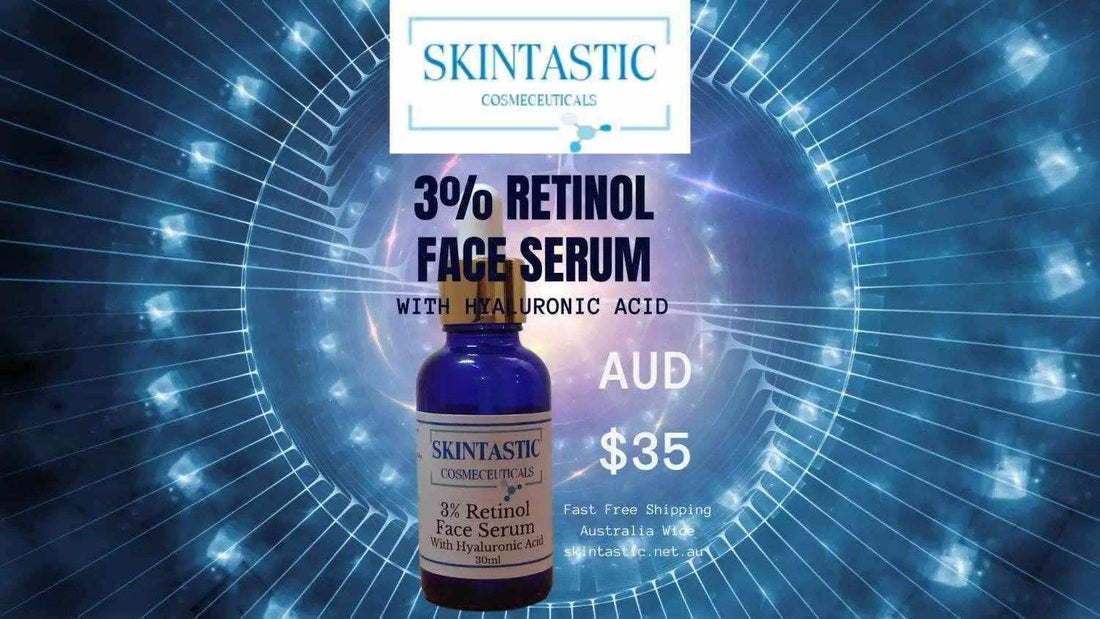
Derm‑aligned retinol usage tips
Luxury Skincare Dupes vs. Medical‑Grade Alternatives: Category‑by‑Category Buying Advice
1) Retinol (Night)
Why it’s in luxury lineups: retinoids remain the gold‑standard for visible fine lines and texture refinement. For medical‑grade alternatives, prioritise formulations that communicate retinol strength and provide usage guidance to help you build tolerance. Remember: higher percentages can increase the risk of irritation—start low, go slow, and always use sunscreen.
- Transparency benchmark: SKINTASTIC content references a 3% retinol formula and pairs it with hyaluronic acid in its educational articles. Use clearly stated strengths like this as a shopping filter.
- What to expect: retinol can be transformative when introduced gradually and supported by hydration.
- Helpful reading: Retinol vs Other Anti‑Aging Serums and Top Dermatologist‑Aligned Retinol Tips.
- Practical tip: avoid layering retinoids with strong AHAs in the same routine; alternate nights to maintain tolerance.
2) Niacinamide (AM/PM)
Why it’s in luxury lineups: niacinamide is a barrier‑supporting, oil‑balancing multitasker that suits many skin types and concerns. For medical‑grade alternatives, choose products that disclose the percentage and pair comfortably with your other actives. If you’re new to niacinamide, consider easing in before moving to higher strengths.
- Transparency benchmark: SKINTASTIC references 20% Niacinamide in multiple articles, along with pairing advice (e.g., with hyaluronic acid).
- What to expect: improvements in the look of pores, texture, and balanced appearance with consistent use.
- Helpful reading: Best Serums with Niacinamide, Niacinamide + Hyaluronic Acid Benefits, and Niacinamide Benefits.
- Practical tip: niacinamide plays well with most actives and can help buffer stronger steps like retinoids.
3) Peptides (Argireline / Acetyl Hexapeptide‑8)
Why it’s in luxury lineups: targeted peptides are often highlighted for expression lines and texture. When comparing medical‑grade alternatives, prioritise those that disclose the peptide and its strength. Look for clean, supportive bases that layer easily under moisturiser.
- Transparency benchmark: SKINTASTIC’s content discusses an Argireline formulation with a 20% reference. This is the kind of disclosure level to look for as you assess options.
- Helpful reading: Understanding Argireline Serum and Skintastic Cosmeceuticals Blog Posts.
- Practical tip: apply to dynamic areas (e.g., forehead, crow’s feet) and allow to absorb before heavier layers.
4) AHAs (Glycolic Acid)
Why it’s in luxury lineups: glycolic acid supports visible renewal and glow. For medical‑grade alternatives, look for clear strength and sensible usage guidelines (especially with peels). Consider your skin type—drier or resilient skin often tolerates glycolic better than very reactive skin types.
- Helpful reading: Top Glycolic Acid Products for Anti‑Aging in Australia, 10 Things to Know: Glycolic Acid Peel, and Glycolic Acid Face Peel Benefits.
- Practical tip: start once weekly, increase slowly as tolerated, and never skip sunscreen during AHA use.
How to Compare Medical‑Grade Alternatives to Luxury Names (Without Hype)
Use this simple framework to assess whether a medical‑grade option is a practical “dupe” for a prestige product you’re considering. It prioritises function over aesthetic and focuses on clarity, stability, and real‑world tolerability.
- Match the category: retinol vs. retinol, niacinamide vs. niacinamide, peptide vs. peptide, AHA vs. AHA.
- Check the percentage transparency: prioritise options that disclose exact strengths (e.g., 20% niacinamide, 20% Argireline, 3% retinol references in SKINTASTIC’s educational posts).
- Assess formula support: look for hydrating partners like hyaluronic acid around stronger actives (SKINTASTIC’s content often pairs actives with HA).
- Review usage guidance: responsible brands provide instructions that help minimise irritation and improve long‑term results.
- Weigh packaging last: dropper or airless is less important than what’s inside and how clearly it’s documented.
- Reality‑check your skin type: prefer textures and vehicles (gel, serum, cream) that align with dry/oily/sensitive needs.
Routine Builder: Layering Medical‑Grade Alternatives for Results
Here’s a practical way to structure a routine for performance and tolerance. Adjust frequency based on your skin’s response and follow the guidance in the linked articles for each category. When in doubt, simplify and re‑build slowly.
AM (support, brighten, protect)
- Cleanse
- Niacinamide serum (see 20% references in Best Serums with Niacinamide)
- Hydrator with hyaluronic acid pairing (see Niacinamide + HA)
- Moisturiser
- Broad‑spectrum sunscreen
PM (renew, target, recover)
- Cleanse
- Glycolic acid on alternate nights if tolerated (see Glycolic Acid Blog)
- Retinol on non‑AHA nights (see 3% reference in Retinol vs Other Serums)
- Targeted peptide step like Argireline where desired (see 20% reference in Understanding Argireline)
- Moisturiser; consider a barrier‑friendly hydrator if using stronger actives
Results Timeline: Setting Realistic Expectations
Results vary by skin type, tolerance, and consistent use. Most actives show incremental changes with steady application and good sun protection. What matters more than speed is sticking with well‑built formulas and a routine you can maintain. The linked educational articles provide practical usage context for each category so you can introduce actives with confidence and minimise irritation.
Ingredient Sourcing and Transparency: What Matters Most
While luxury lines often spotlight heritage and presentation, medical‑grade alternatives win on clarity and purpose. Prioritise options that:
- Disclose active percentages (e.g., 20% Niacinamide, 20% Argireline, 3% Retinol references in SKINTASTIC blogs)
- Pair potent actives with calming or hydrating support (e.g., hyaluronic acid reference pairings)
- Provide straightforward, repeatable guidance on use and layering
- Offer stable vehicles and suitable packaging for sensitive actives
Buying Checklist: A Quick Filter for “Dupe or Better” Decisions
- Does the brand disclose the exact active strength?
- Is the core active appropriate for your concern (retinol for lines, niacinamide for texture/pores, peptides for expression areas, AHAs for resurfacing)?
- Is there clear guidance on frequency and layering, especially when combining actives?
- Are there supportive ingredients (e.g., hyaluronic acid) to enhance tolerability?
- Is the routine sustainable for you—simple enough to maintain consistently?
- Have you considered your skin type and sensitivity (and patch tested first)?
In‑Depth Reads from SKINTASTIC (Australia)
- Understanding Argireline Serum
- Retinol vs Other Anti‑Aging Serums
- Dermatologist‑Aligned Retinol Tips
- Best Serums with Niacinamide
- Niacinamide Benefits
- Niacinamide + Hyaluronic Acid
- Top Glycolic Acid Products (AHA)
- 10 Things to Know About Glycolic Peels
- Glycolic Acid Face Peel Benefits
- Using Hyaluronic Acid for Wrinkles
FAQs: Luxury Dupes and Medical‑Grade Skincare (Australia)
Are medical‑grade alternatives as effective as luxury brands?
Effectiveness depends on formulation quality, actives, and consistent use. Alternatives that disclose strong, purposeful percentages (e.g., the 20% and 3% references in SKINTASTIC’s educational posts) and provide sensible usage guidance are well‑positioned to compete on performance.
Can I layer multiple actives?
Yes, but introduce them gradually and follow evidence‑aligned routines. The internal resources linked above provide guidance for retinol, niacinamide, peptides, and AHAs, including practical sequencing tips. If irritation appears, reduce frequency or simplify to one active at a time.
How long until I see results?
Timelines vary by skin type, active choice, and consistency. Focus on high‑quality formulas, clear strengths, and routines you can maintain over time. Sunscreen use will significantly influence visible outcomes with actives like AHAs and retinoids.
What’s the safest way to start if I’m new to strong actives?
Start with one active that targets your primary concern (e.g., retinol for lines, niacinamide for texture), introduce it slowly, and support with hydration. Then consider adding AHAs or peptides as your skin tolerates them. Patch testing is recommended for all new products.
Are higher percentages always better?
Not necessarily. Very high strengths can increase the risk of irritation without improving outcomes for every skin type. Choose disclosed, well‑supported formulas and build tolerance over time.
Any situations where I should avoid certain actives?
Individuals who are pregnant or breastfeeding often avoid retinoids; consult your healthcare professional for personalised advice. If you have ongoing irritation or a skin condition, seek guidance before introducing strong actives.
Where to Continue Your Research
Explore SKINTASTIC’s educational hub for ingredient‑first guidance across the major anti‑aging categories:
